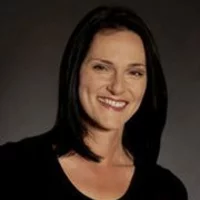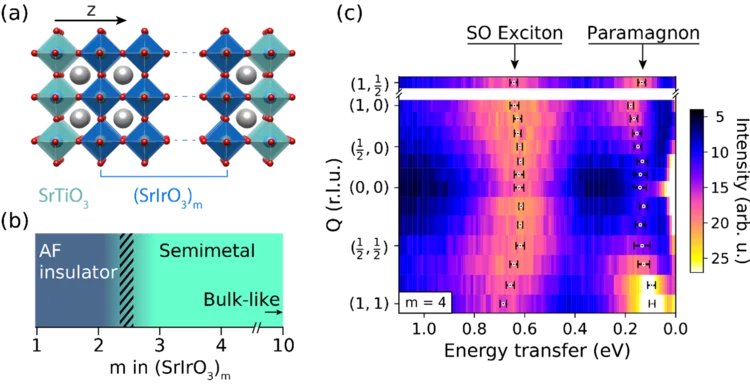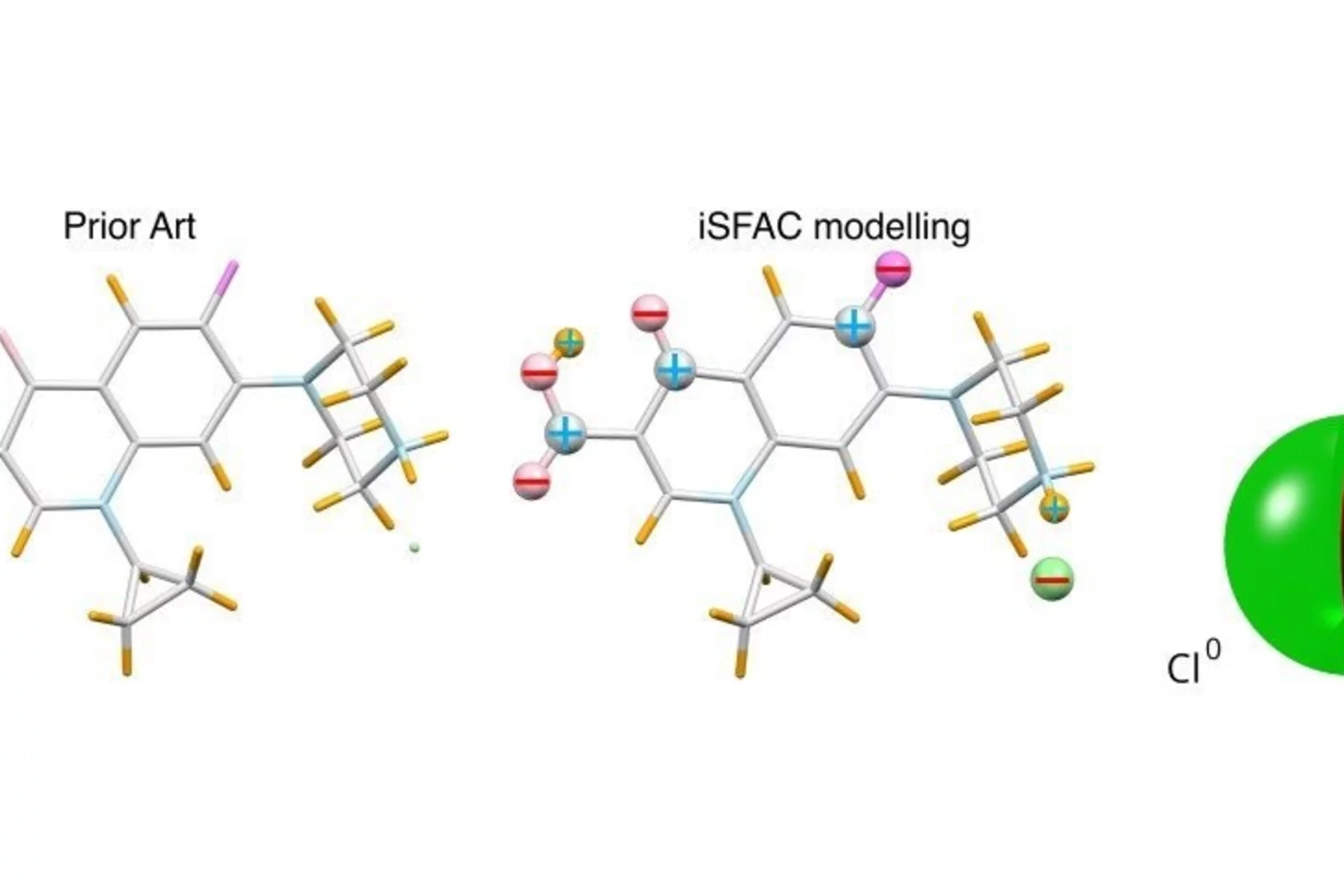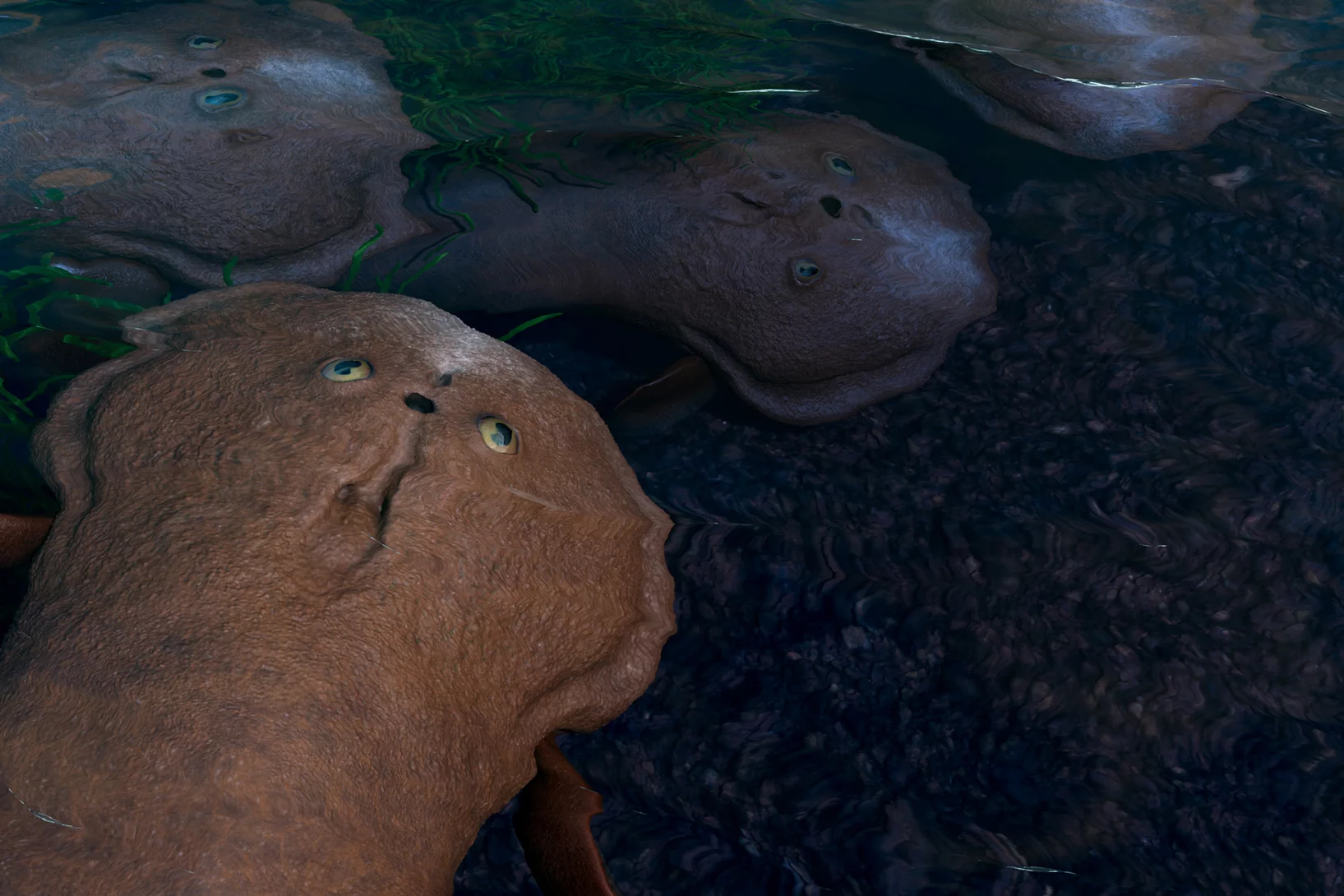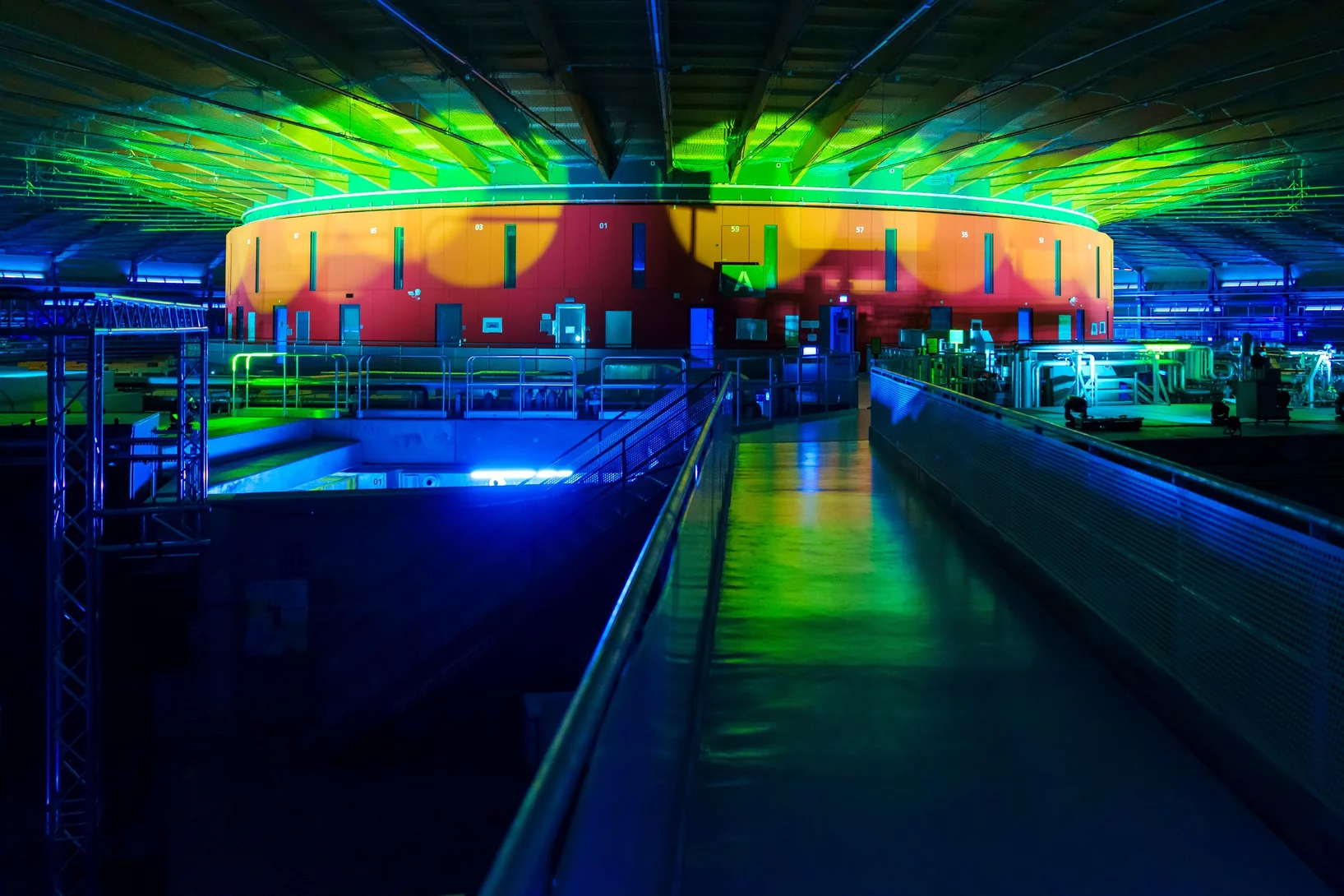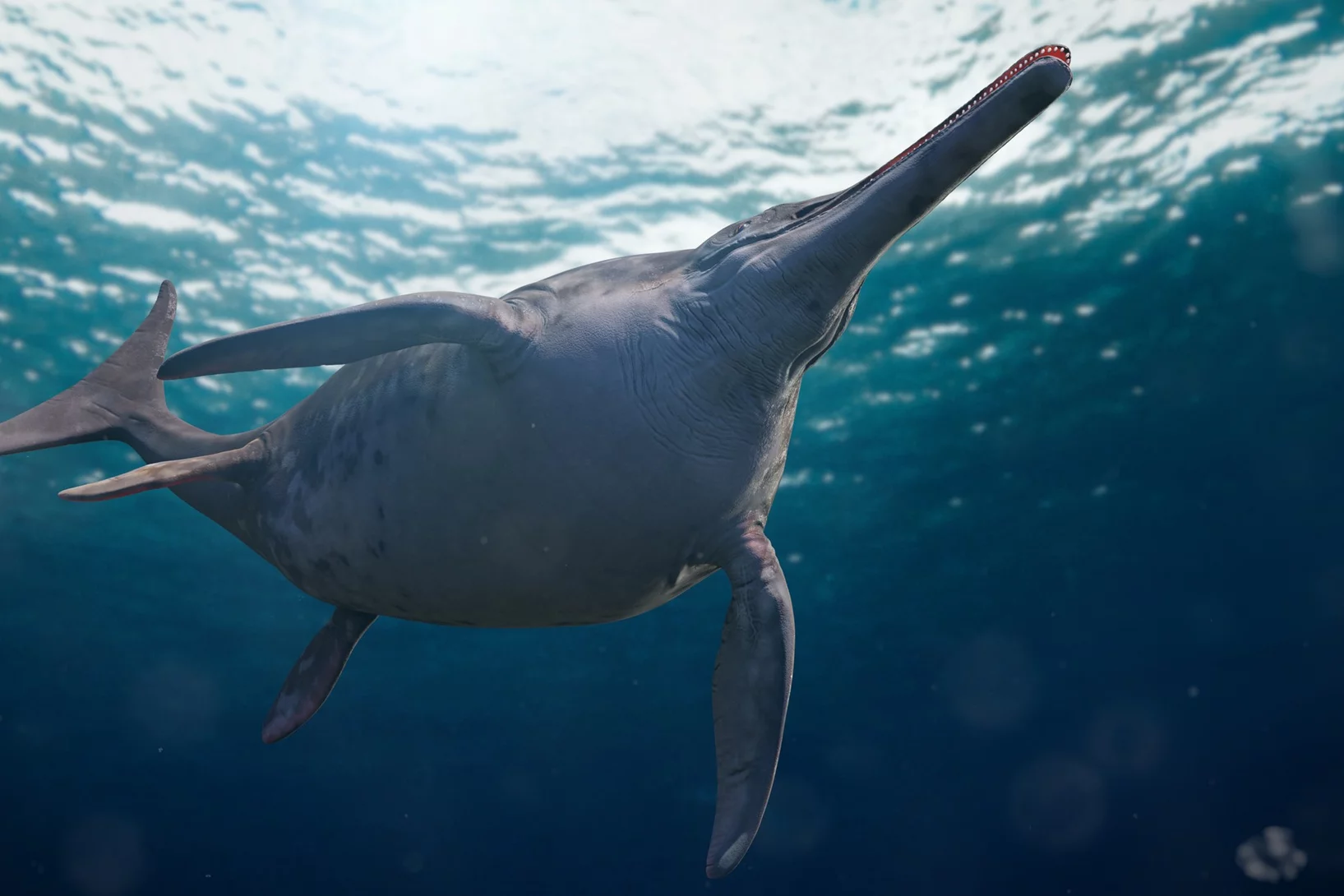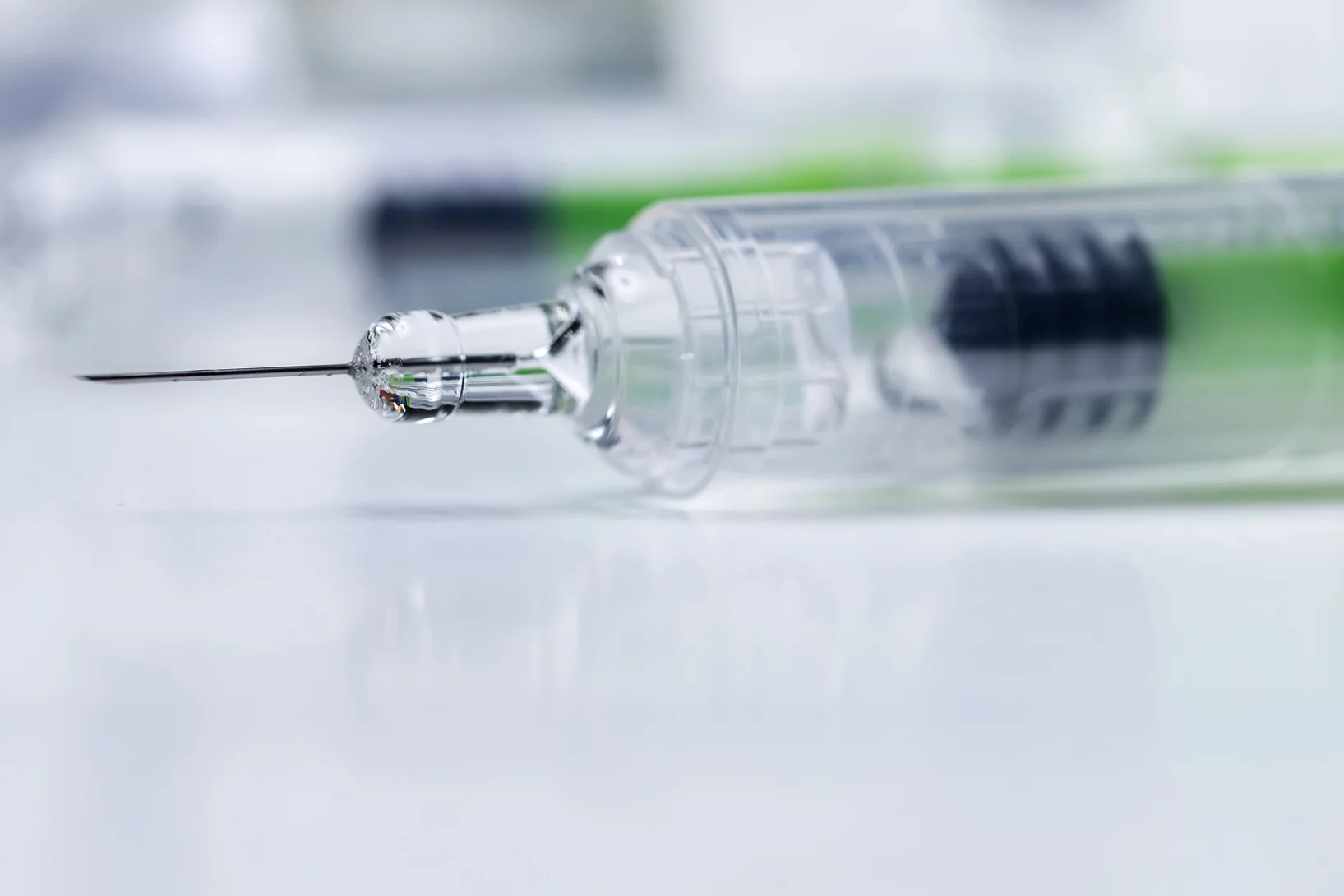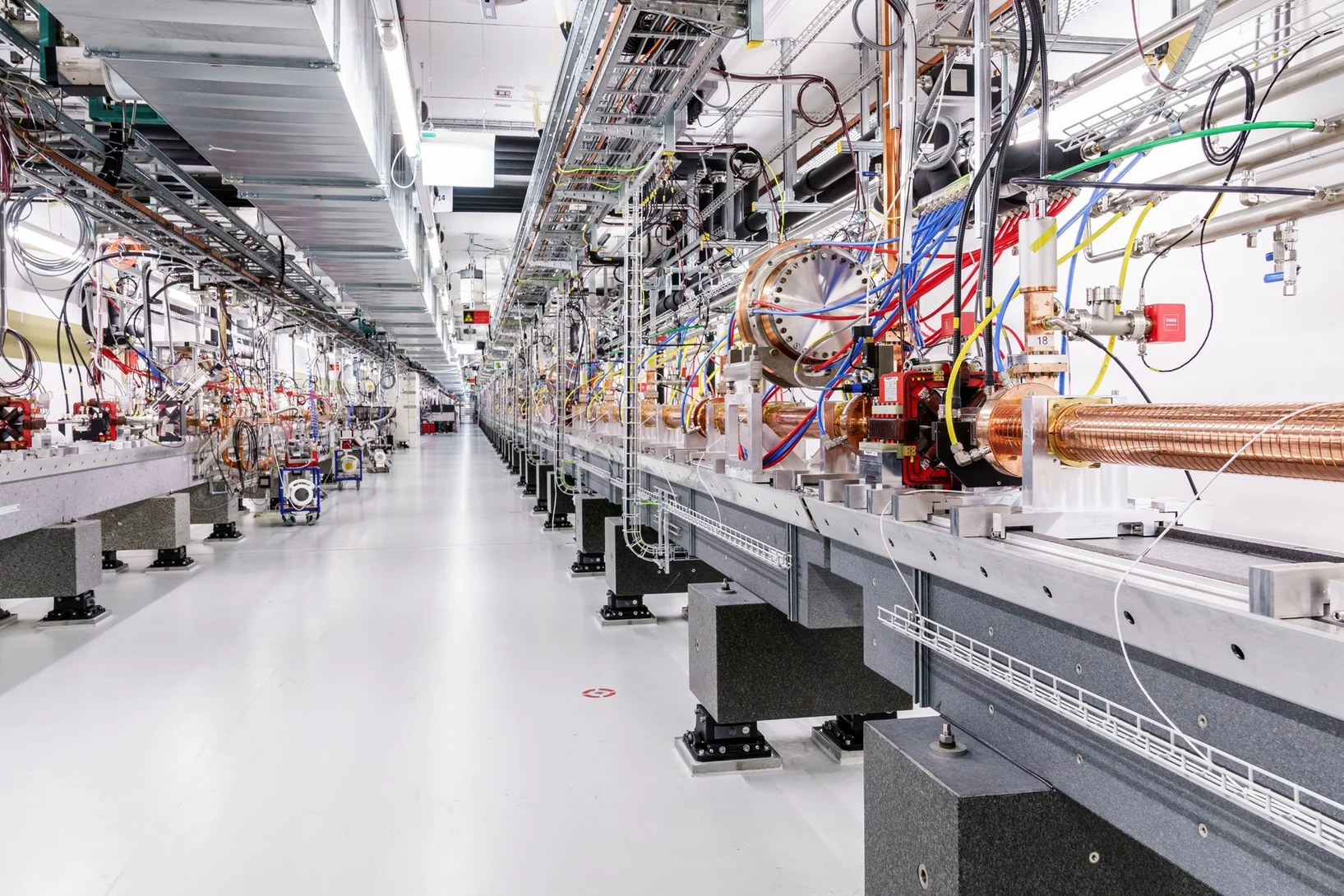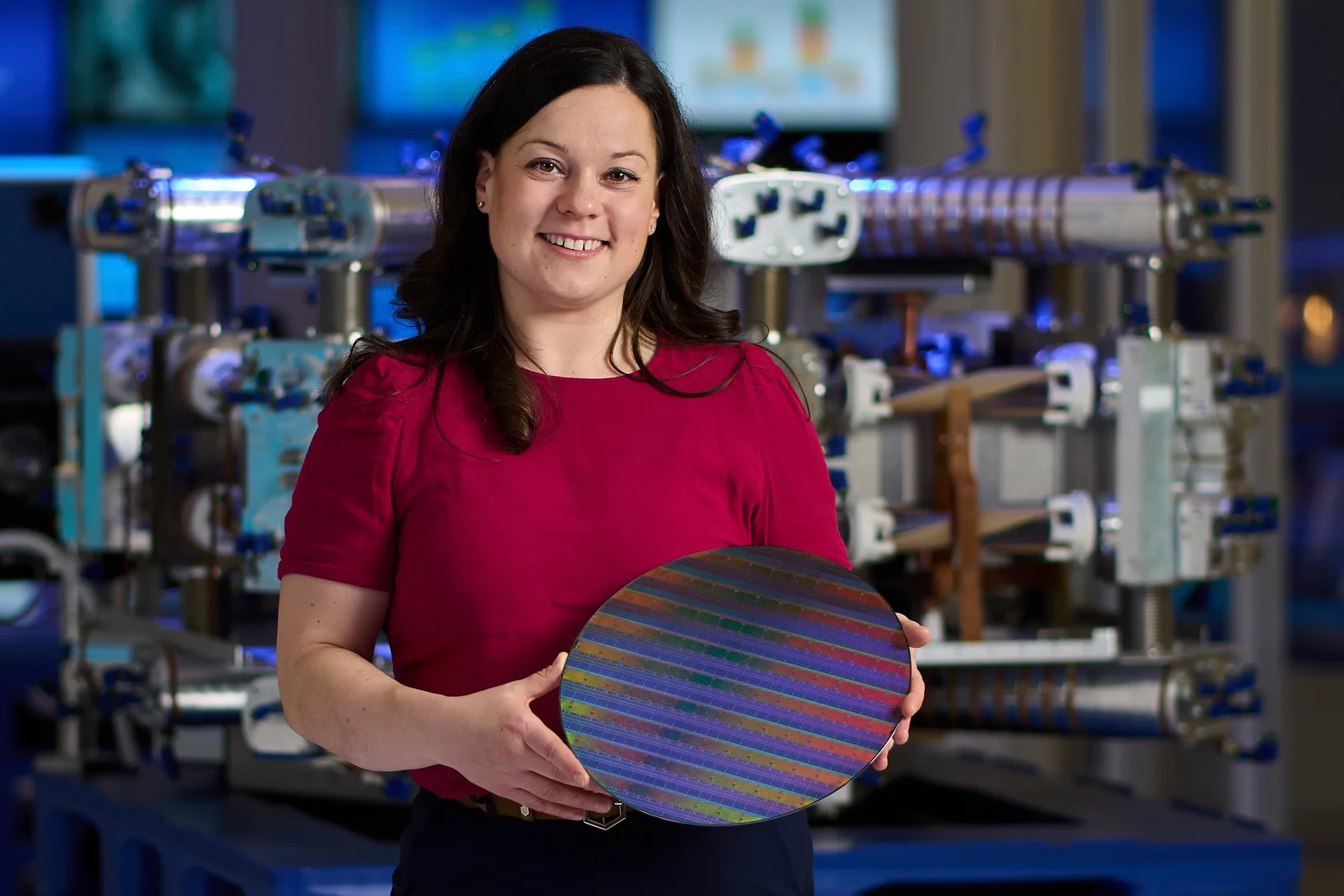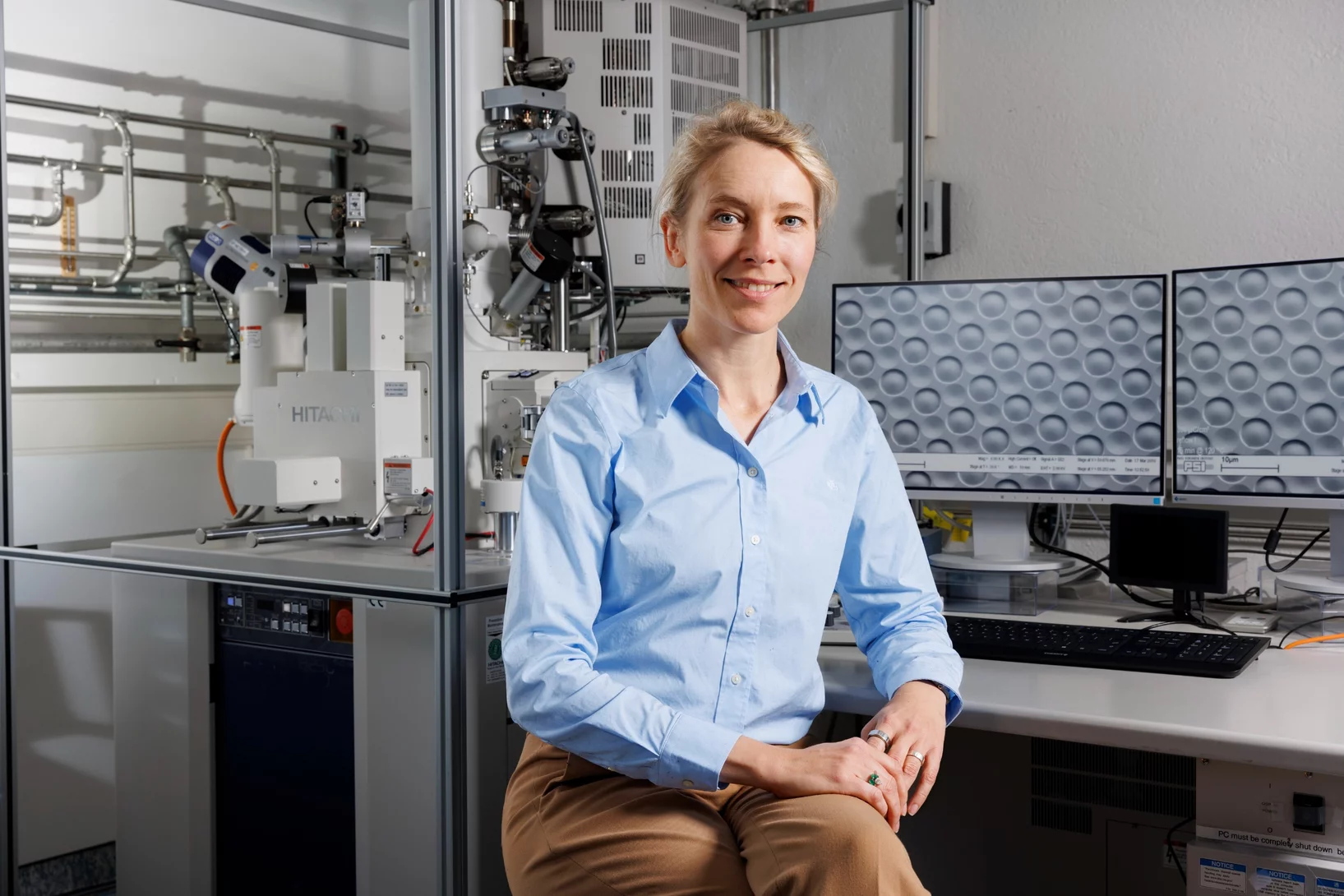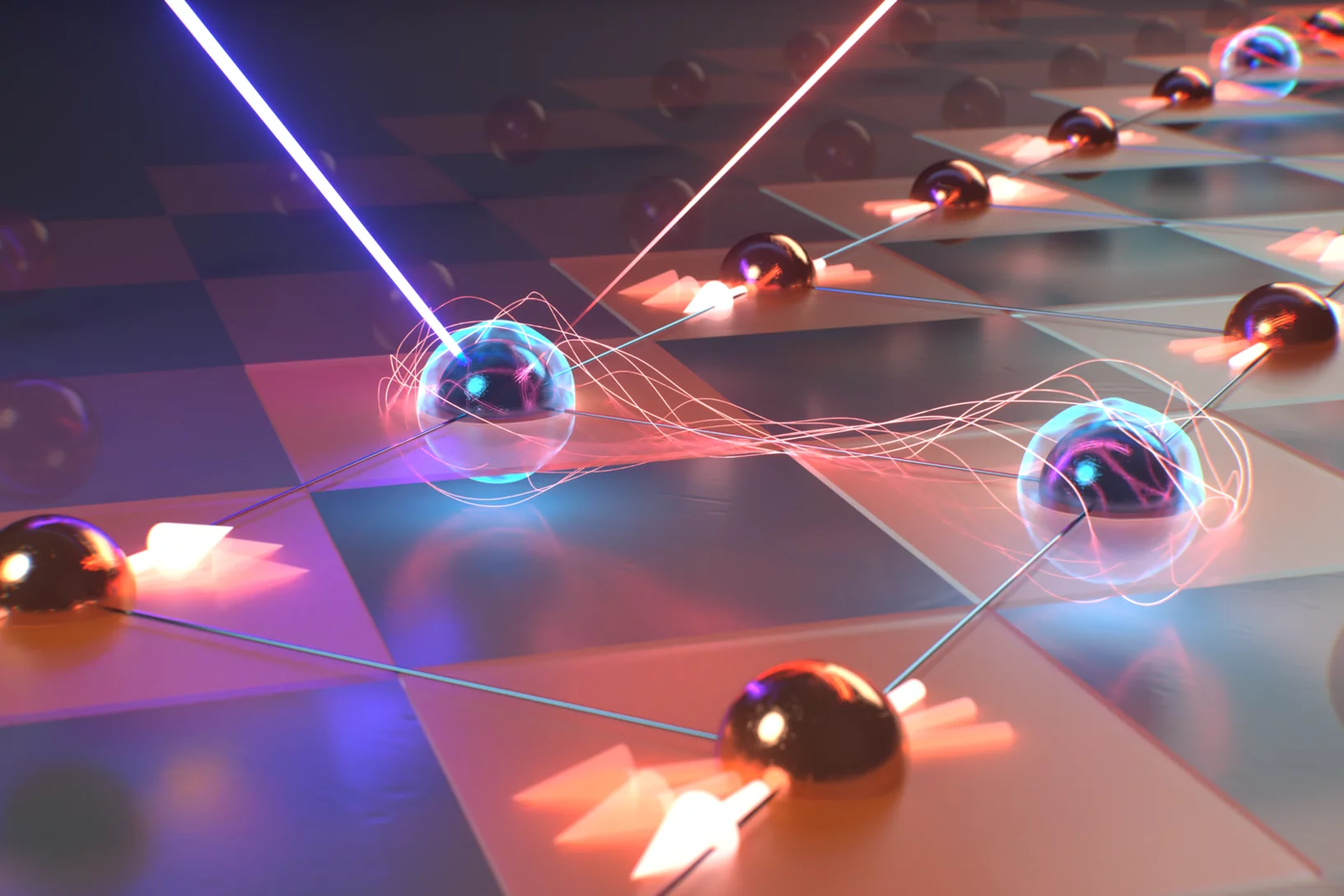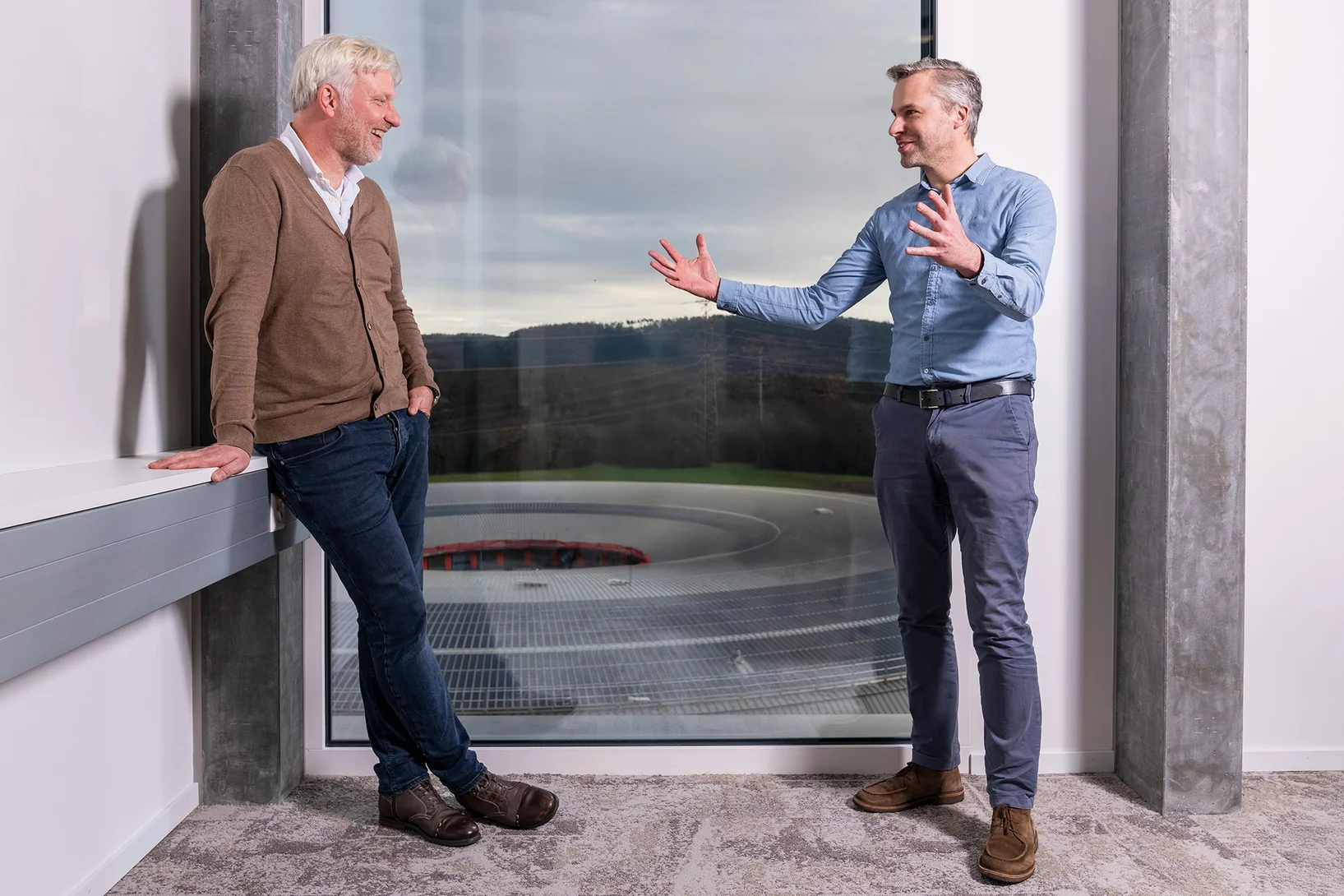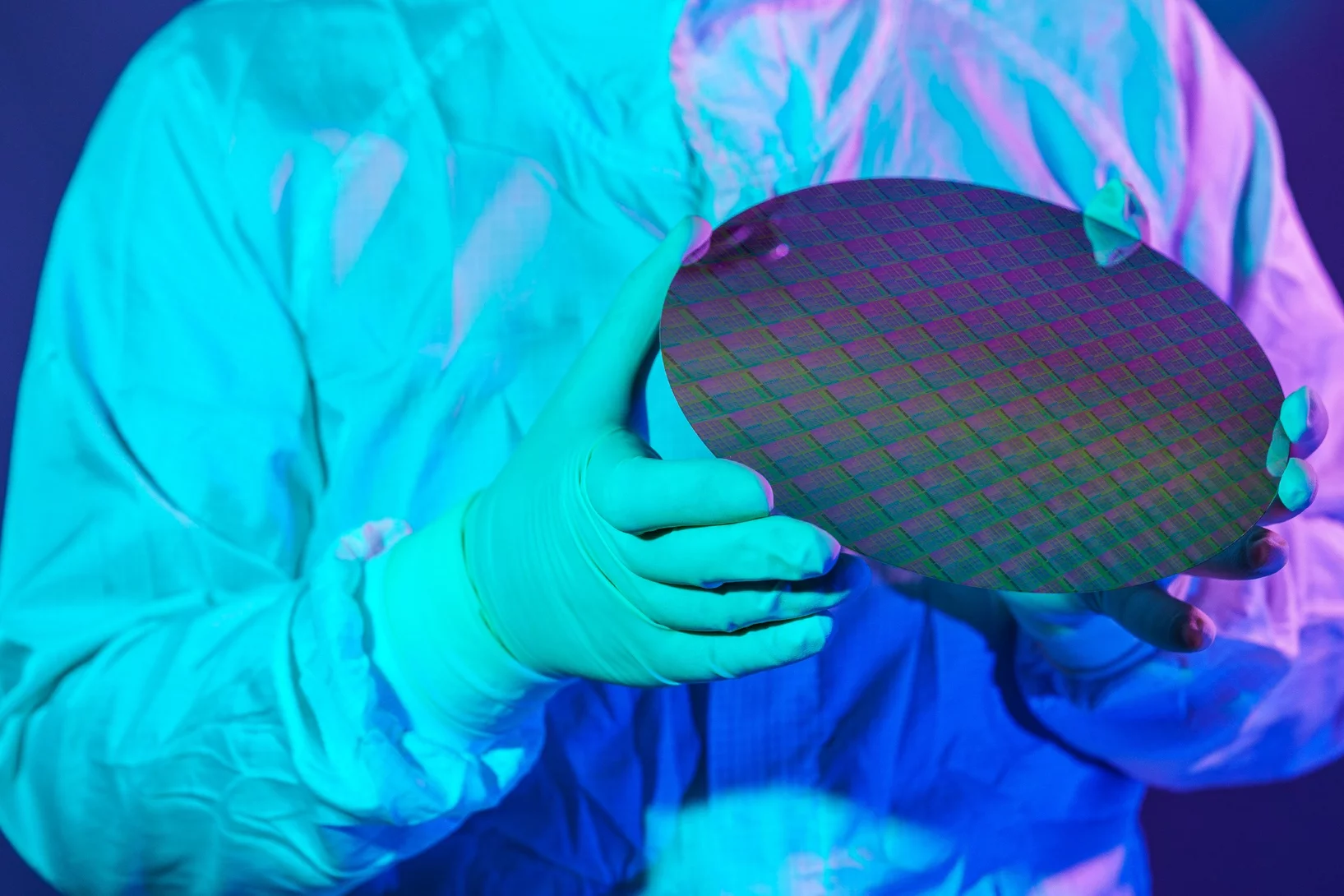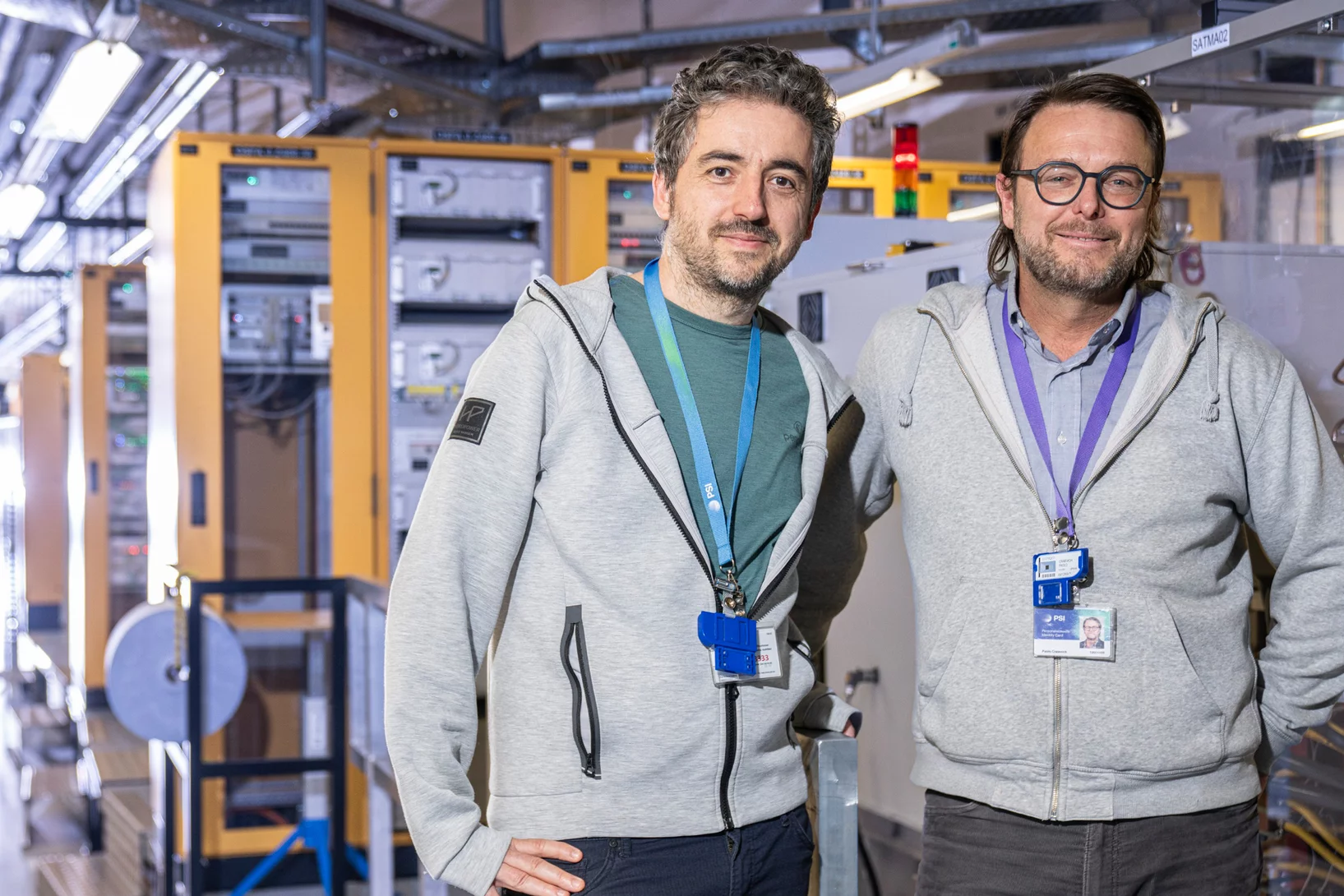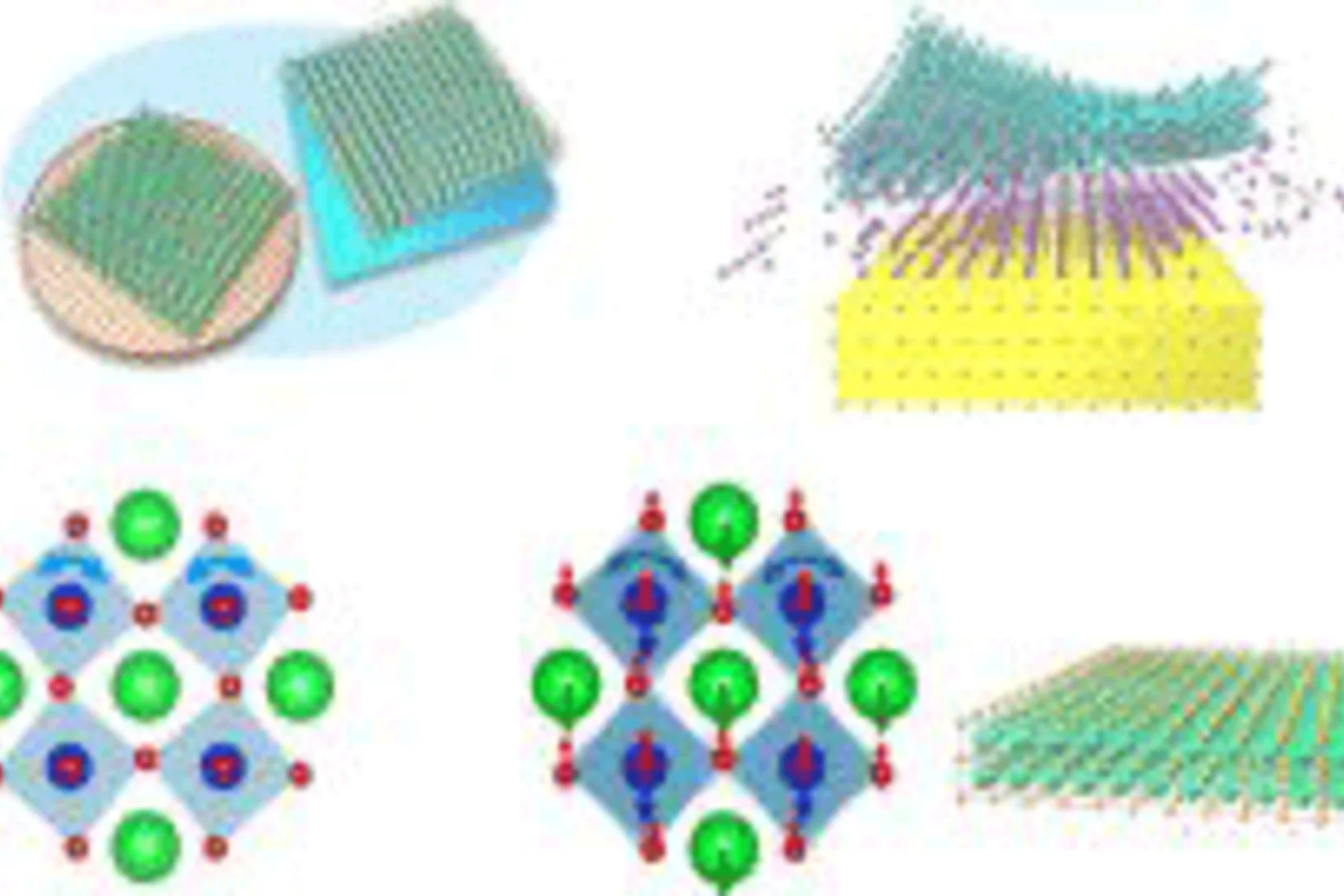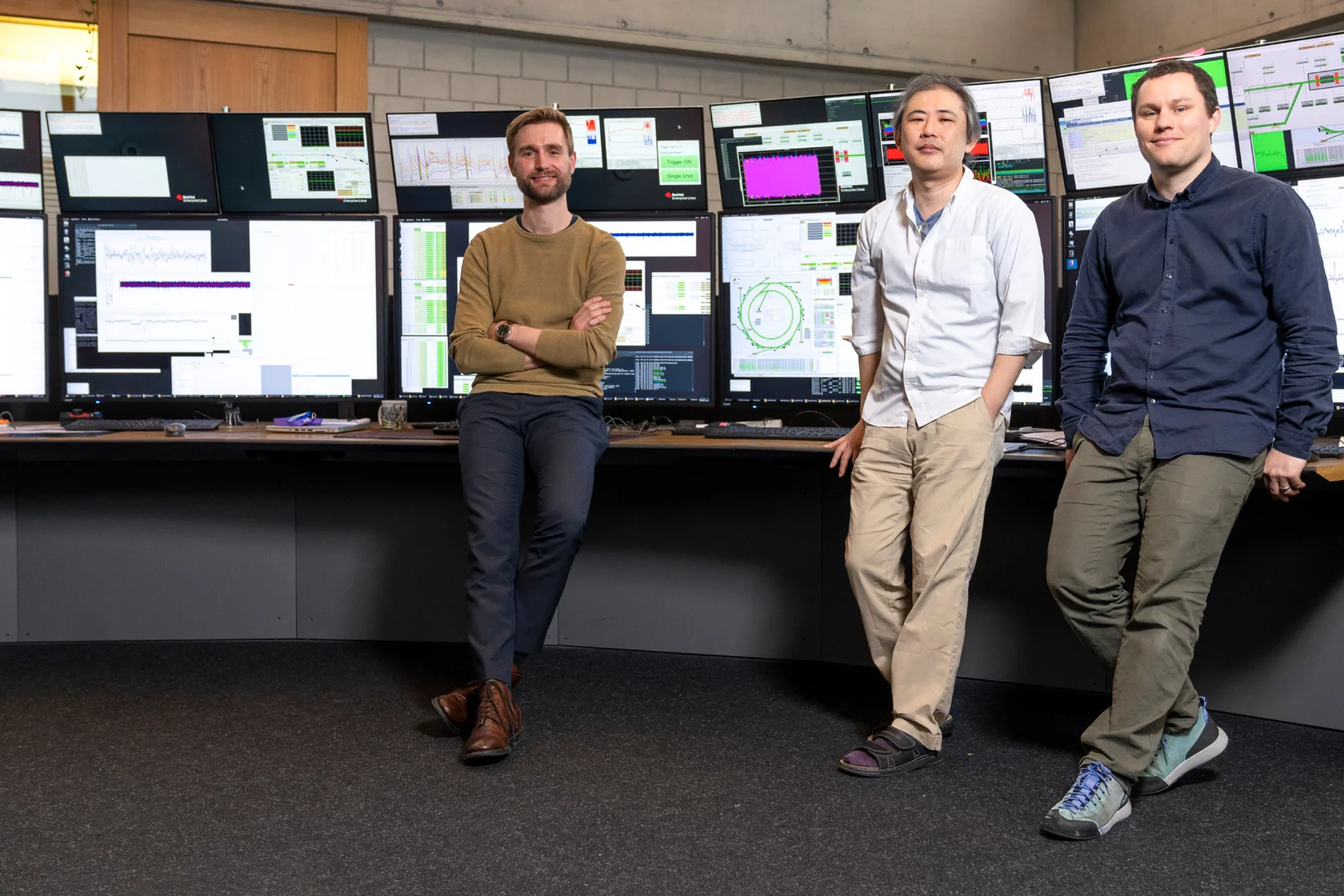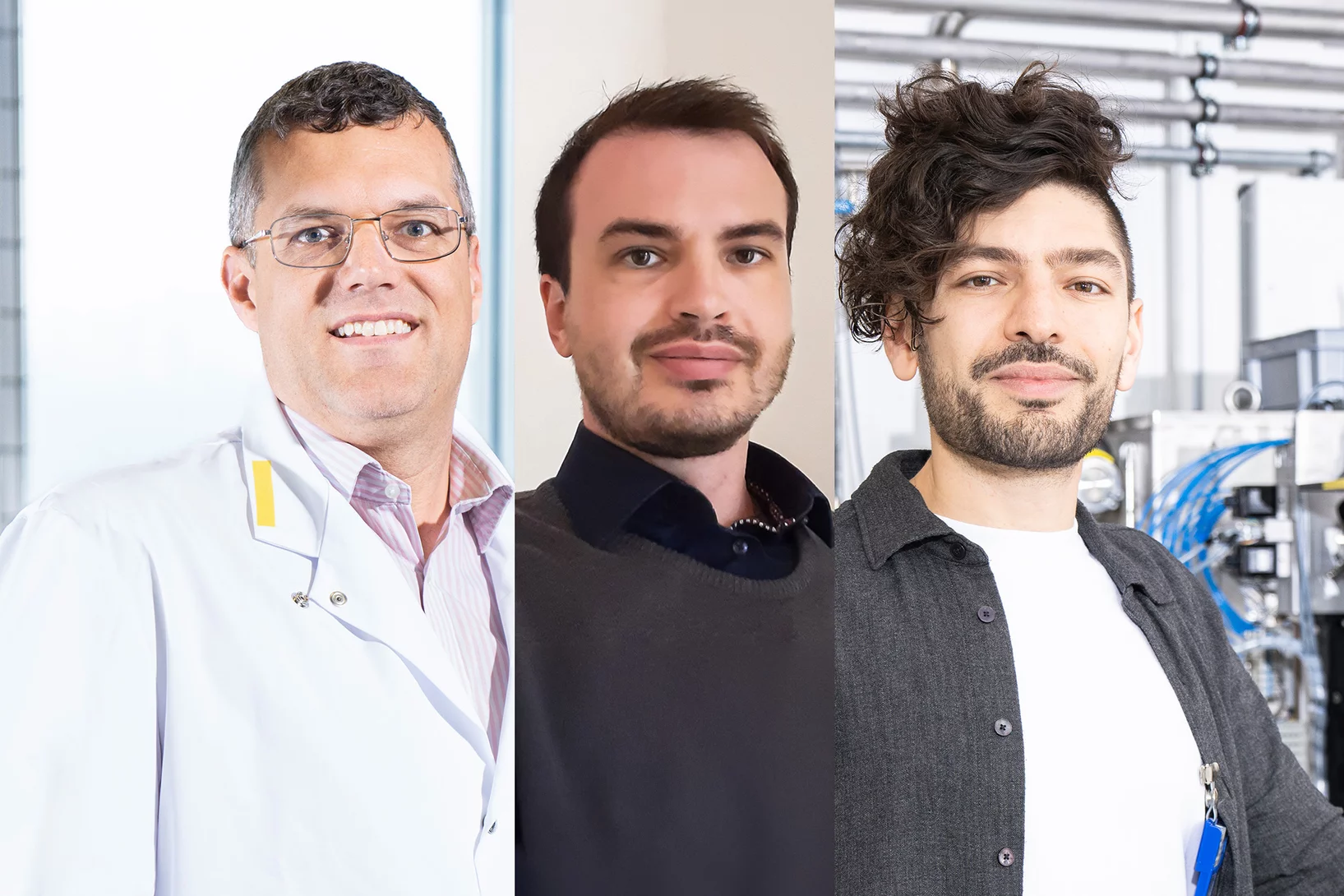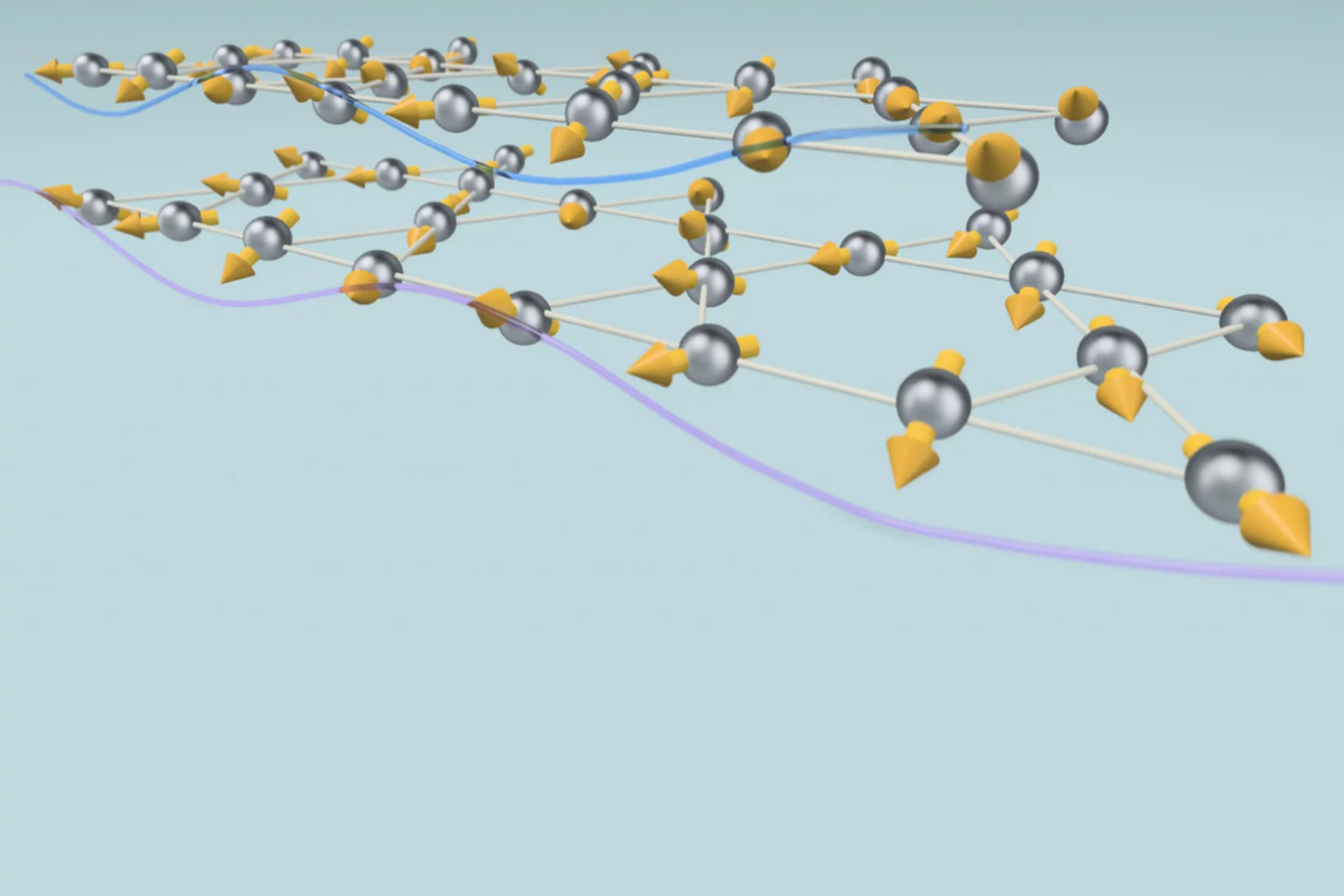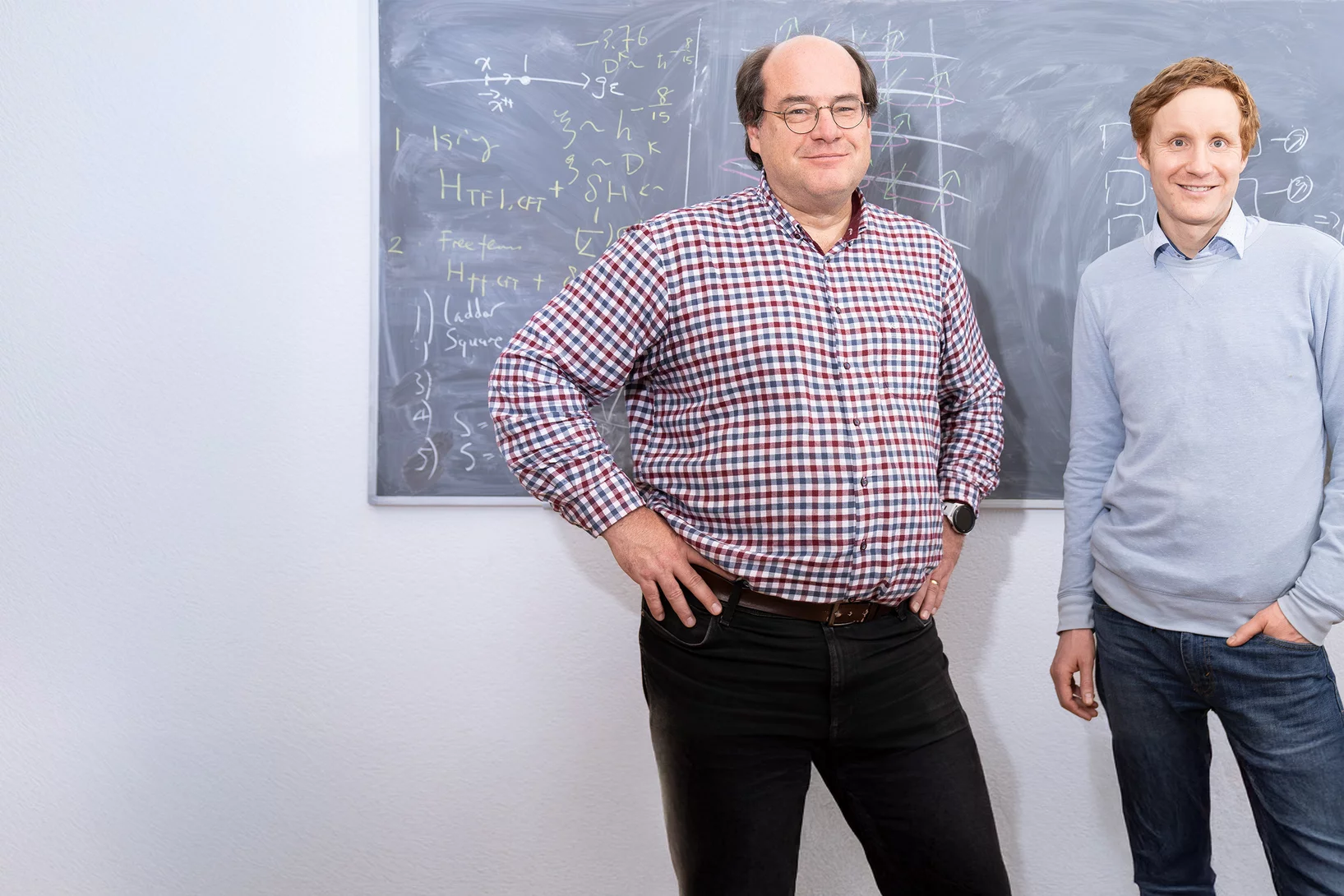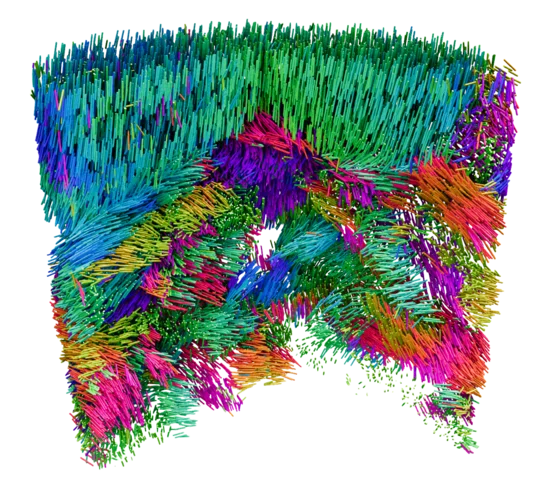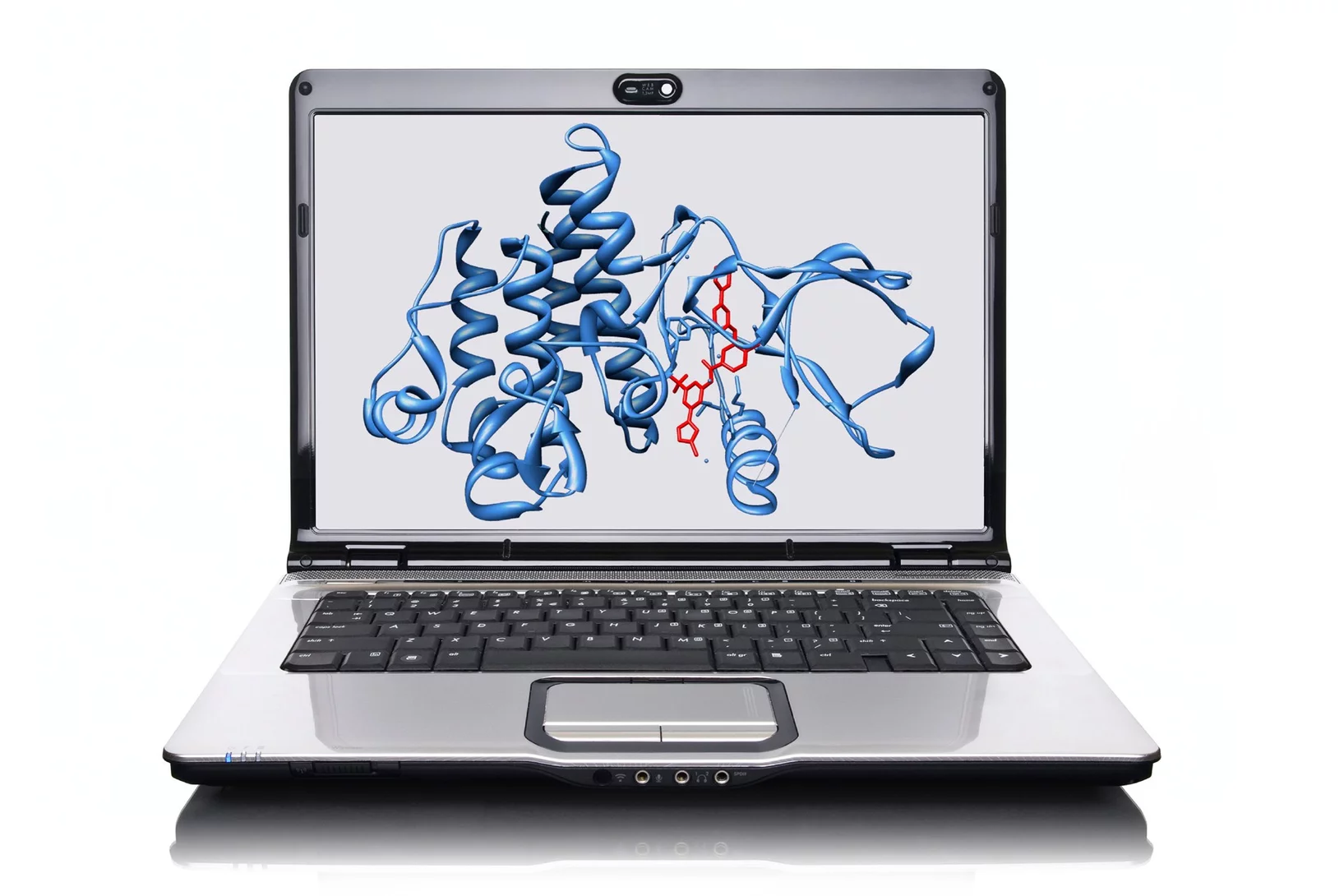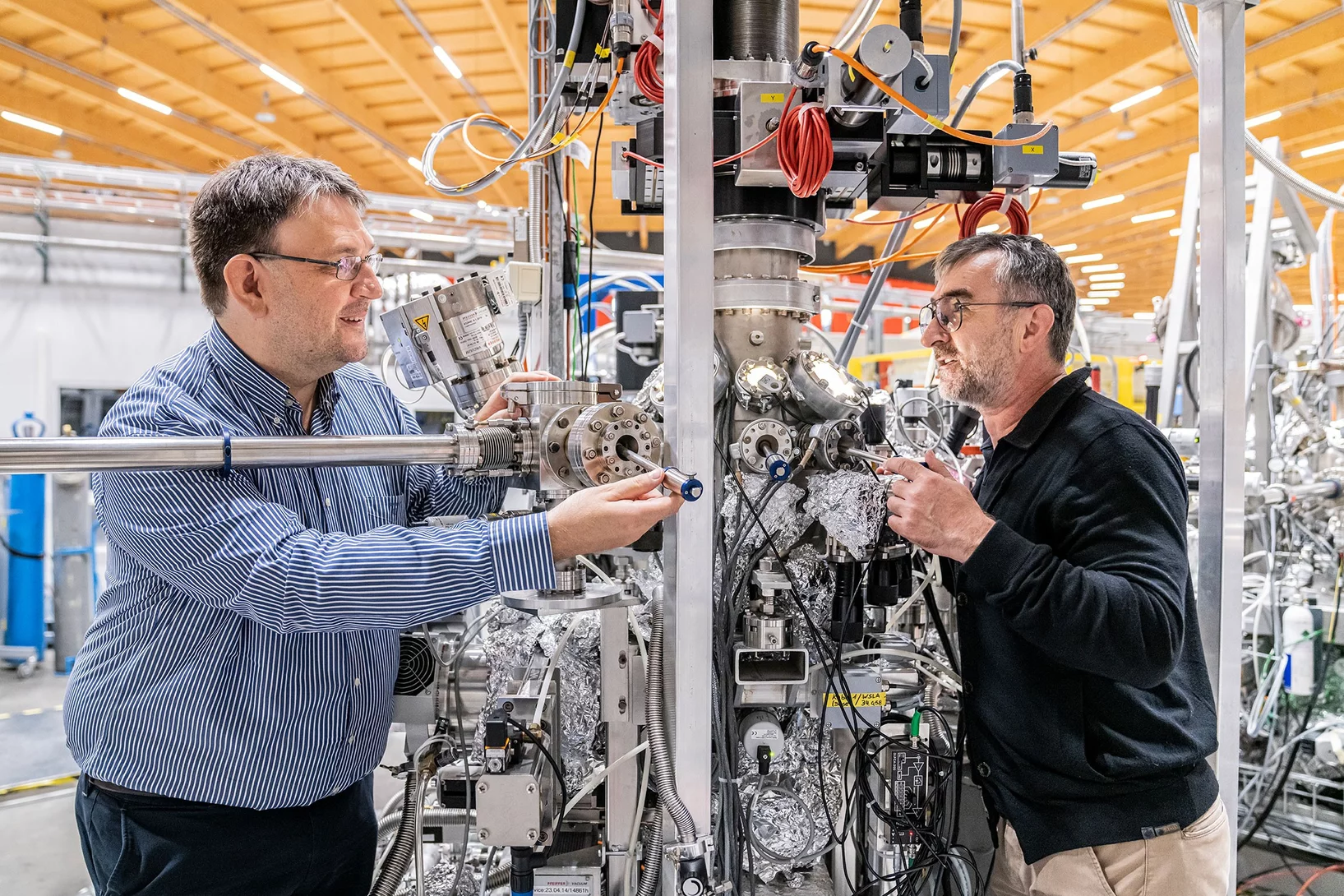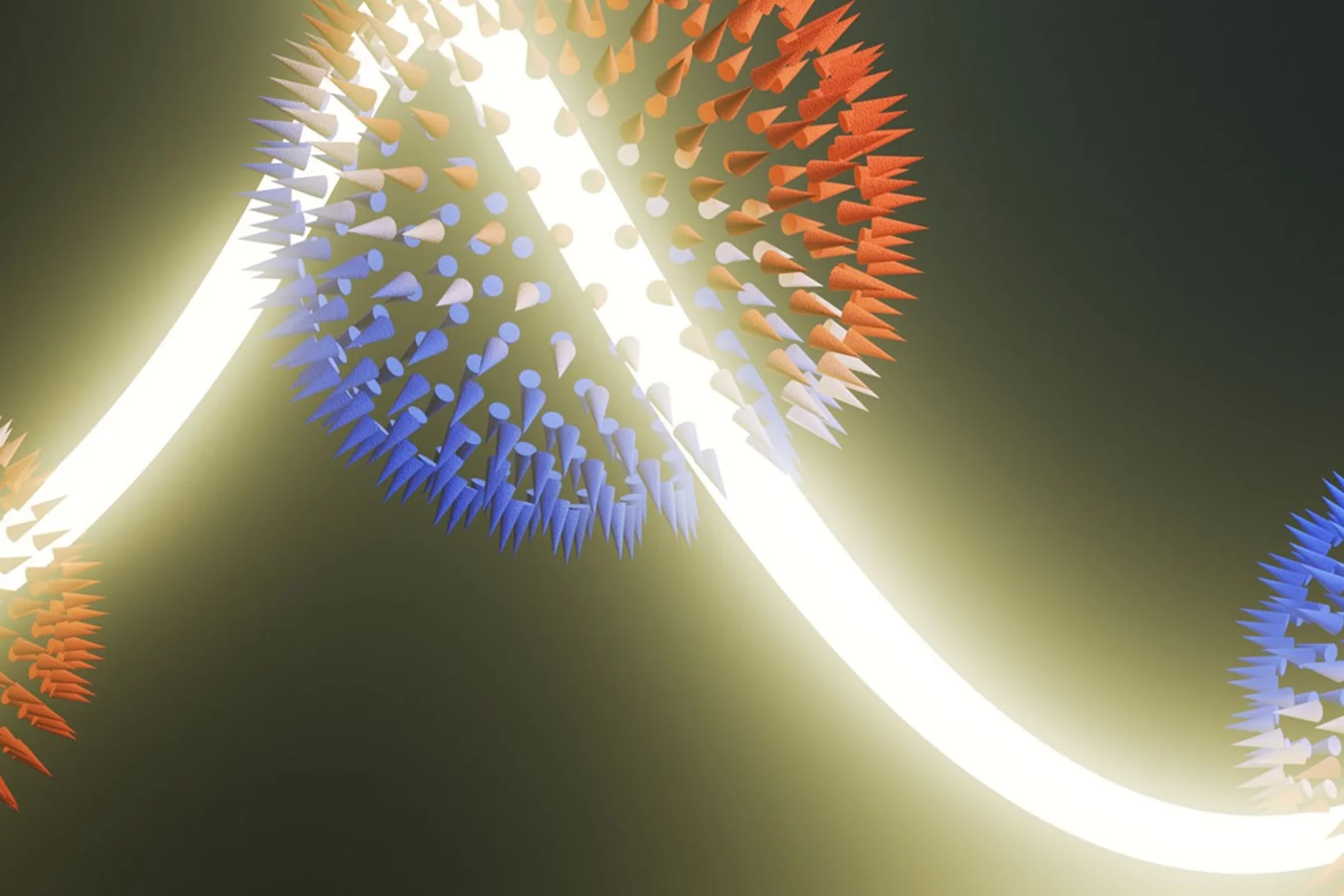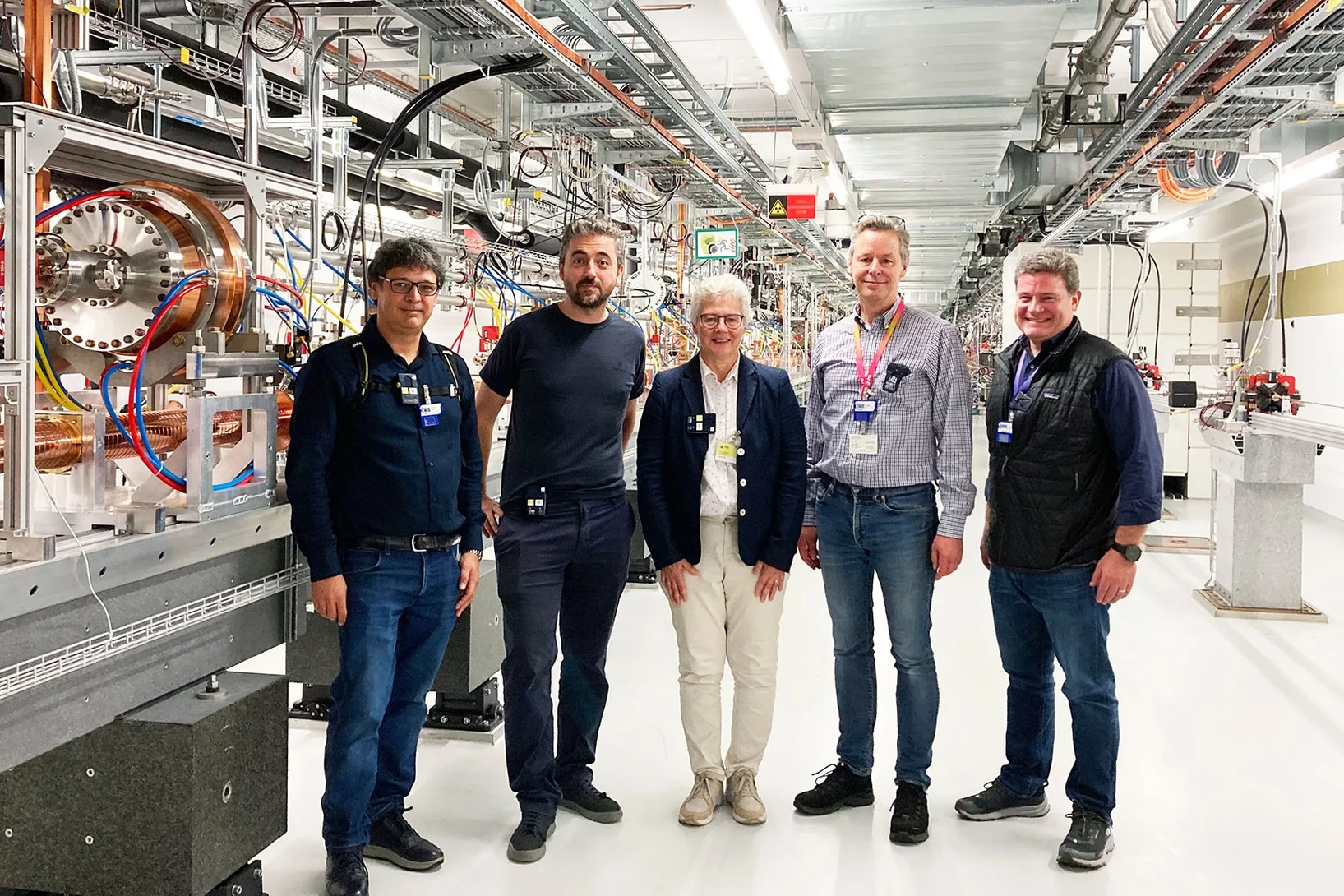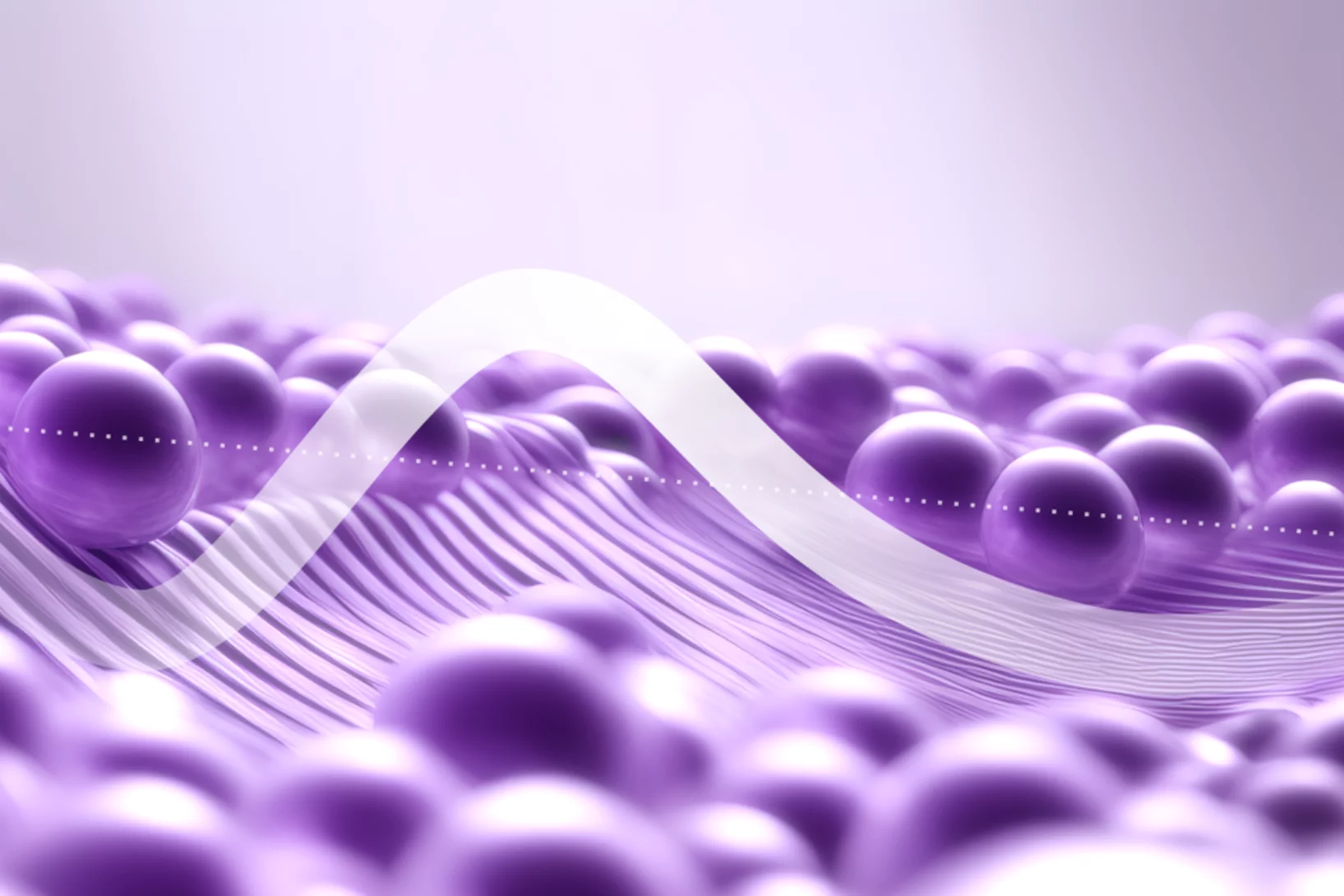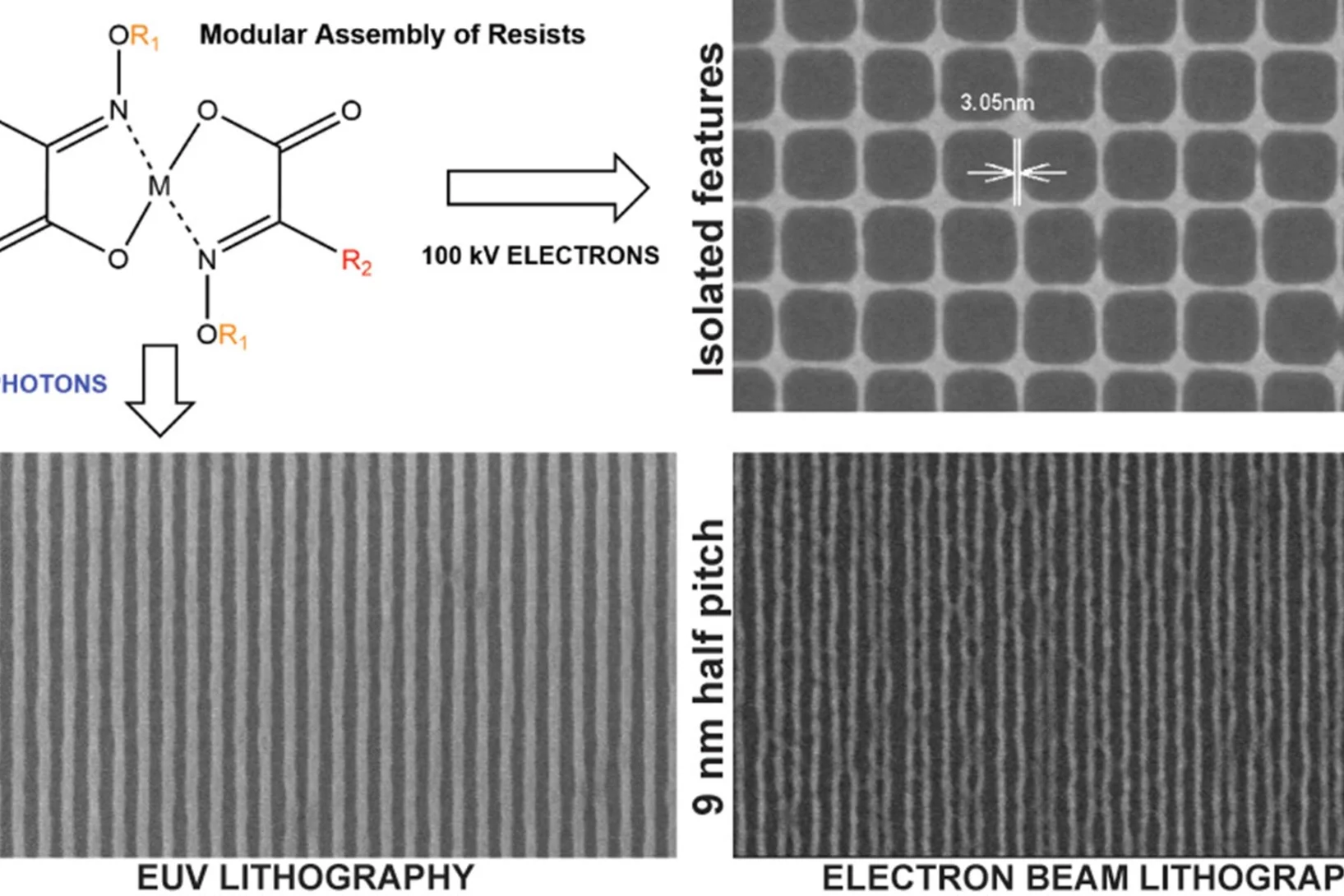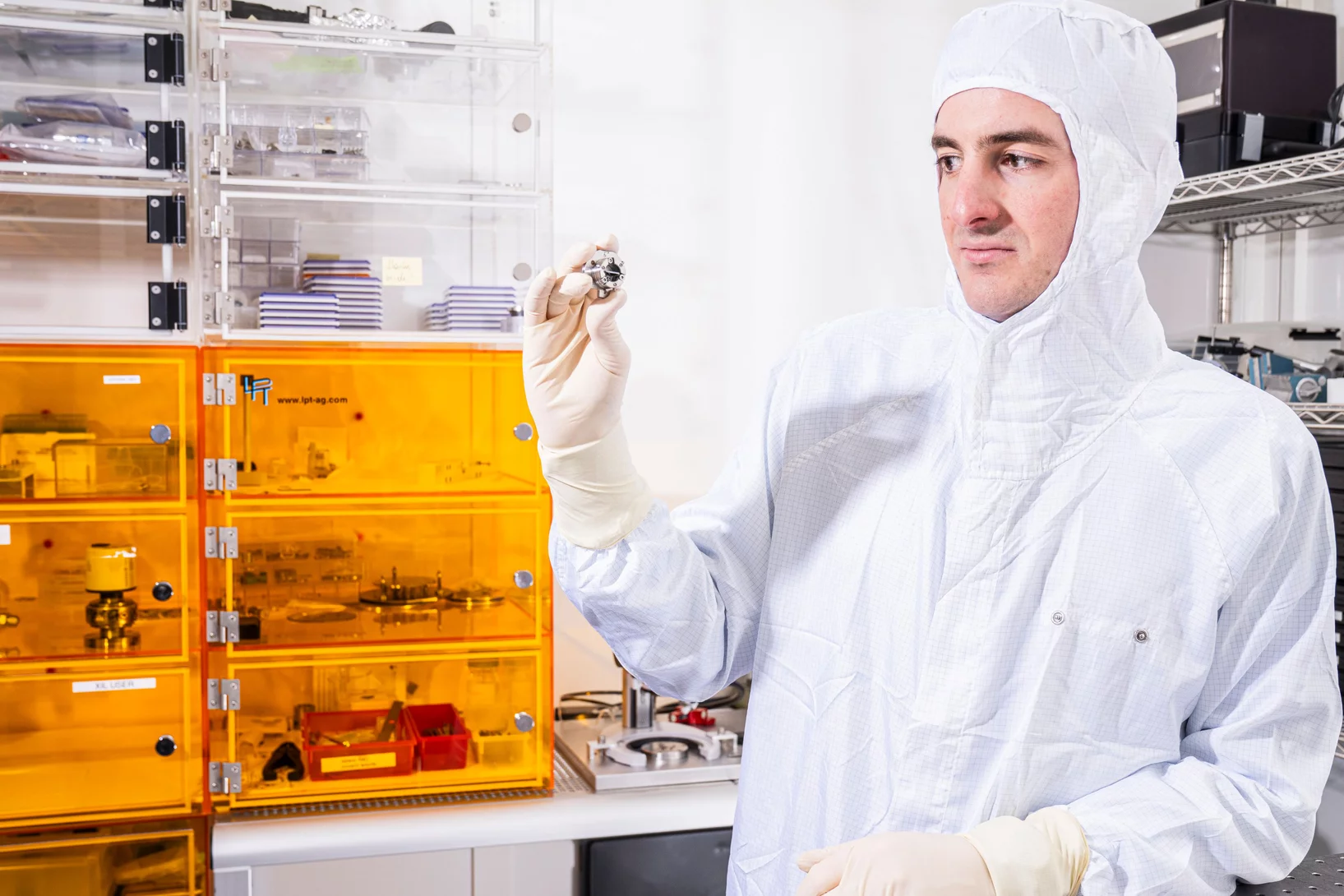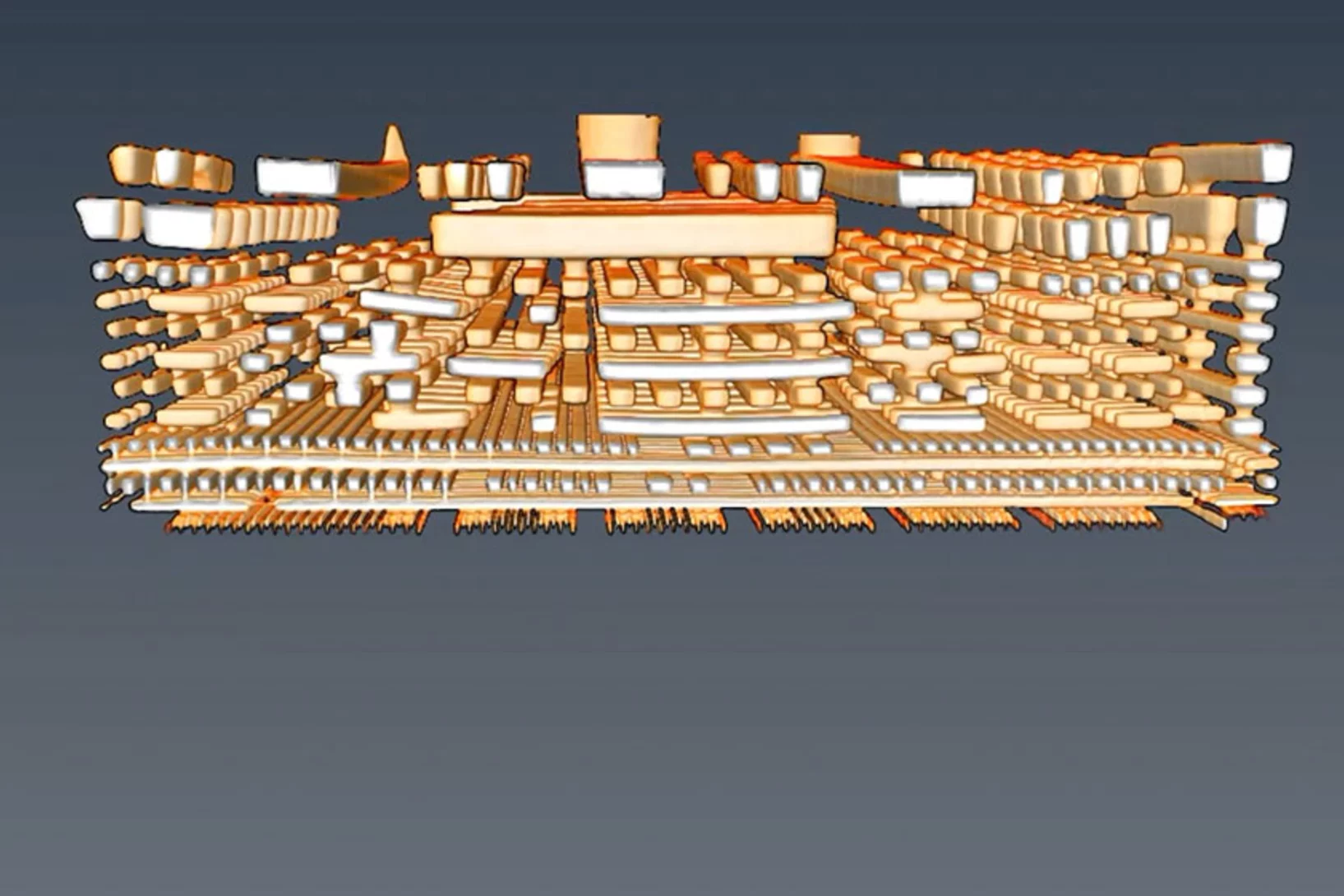Show filters
Unravelling the coexistence of insulating and metallic-like excitations in SrIrO₃
A team led by researchers from the Paul Scherrer Institute PSI used resonant inelastic X-ray scattering to probe spin and charge fluctuations in atomically engineered SrIrO₃. The results revealed that insulator-like and metallic-like modes can simultaneously emerge in a correlated 5d semimetal, advancing the understanding of “strange metal” behaviour in spin–orbit coupled systems.
Measuring How Molecules Communicate
A collaboration between PSI and the University of Vienna has resulted in a new experimental method that, for the first time, enables the direct measurement of partial charges in molecules. Partial charges are fundamental to understanding molecular structure, interactions, and reactivity, yet until now no general technique existed to determine them experimentally.
Kräftiges Herz, hochentwickelte Sinne – der Schlüssel zur rasanten evolutionären Vielfalt früher Fische
Röntgenaufnahmen eines 400 Millionen Jahre alten Fossils beleuchten einen Schlüsselmoment in unserer frühen evolutionären Vergangenheit
Leuchtkraft für die Schweiz
Die neue Synchrotron Lichtquelle Schweiz wurde eingeweiht.
The Quantum Revolution: What's Next?
A century on from the birth of quantum mechanics, 2025 marks the UNESCO International Year of Quantum Science and Technology. What does the future hold? Our experts share their opinions.
Fossile Tarntechnologie im Röntgenlicht
PSI-Bildgebung hilft, die Jagdstrategie eines prähistorischen Urzeiträubers zu entschlüsseln.
Zink in verstopften Spritzen nachgewiesen
Für das Pharmaunternehmen MSD hat ANAXAM mithilfe von Forschenden des PSI untersucht, ob Zink zur Verstopfung von Fertigspritzen beitragen kann.
Peering into matter with ultrashort X-ray ripples
An all-X-ray transient grating experiment allows scientists to study the dynamics of quantum particles at the nanoscale.
Anwältin der Spitzentechnologie
Die ehemalige PSI-Doktorandin Stephanie Smit arbeitet als Patentanwältin für eine Firma, die zu den bedeutendsten der Welt gehört. Denn diese Firma baut Maschinen, die ein Vermögen wert und heiss begehrt sind.
Renommierte Förderung für photonische Netzwerke
PSI-Forscherin Kirsten Moselund hat vom Europäischen Forschungsrat ERC eine bedeutende Forschungsförderung zugesprochen bekommen.
Stabilising fleeting quantum states with light
X-rays from SwissFEL probe emergent properties of quantum materials
Wissenschaft trifft Industrie – Innovation mit Wirkung
Hans Priem und Cees Maris vom Unternehmen VDL ETG erzählen, was Advanced Manufacturing in der Industrie bedeutet, und sprechen über die Zusammenarbeit mit dem PSI.
Schneller, präziser, zuverlässiger – die Zukunft der Produktion
«Advanced Manufacturing» bedeutet hochmoderne Fertigungsmethoden. Forschende am PSI helfen, Techniken wie den 3-D-Druck zuverlässiger zu machen und die Miniaturisierung von Hochleistungschips weiter voranzutreiben.
Correcting quantum errors with neutral-atom architectures
Wenchao Xu talks about the benefits and challenges of building quantum computers from neutral atoms.
Aluminium sichtbar gemacht
PSI-Forschende haben in Zeolithen erstmals die genaue Lage der Aluminiumatome bestimmt, welche die Materialien zu so guten Katalysatoren machen.
Weltrekord in Attosekundenmessung am SwissFEL
Wissenschaftler am SwissFEL können Röntgenpulse mit einer zeitlichen Auflösung von einer Attosekunde messen.
Antiferrodistortive and ferroeletric phase transitions in freestanding films of SrTiO3
Epitaxially grown thin films are commonly used to strain engineer electronic properties by the choice of a substrate, and therefore do not match bulk properties (leading to properties that deviate from the bulk material). Free standing ultrathin oxide films are expected to preserve the bulk-like properties due to the absence of substrate influence. However, we show that this expectation is not fulfilled with ultrathin free standing SrTiO3, as they get ferroelectric at 80K.
SLS 2.0: Wie man einen Teilchenbeschleuniger startet
Die Elektronen sind zurück: Die Synchrotron Lichtquelle Schweiz SLS geht nach ihrem Upgrade schrittweise wieder an den Start.
Prestigeträchtige Förderung für Forschung am PSI
Beton, chemische Katalyse und die Suche nach neuer Physik – für diese Forschungsthemen erhalten drei PSI-Forschende je einen Grant des Schweizerischen Nationalfonds.
A new dimension of complexity for layered magnetic materials
X-rays reveal magnetic phenomena driven by interactions between the layers of a kagome ferromagnet
Einzigartiger Quantensimulator öffnet Tür zu neuer Forschung
Physiker des PSI und Google haben einen neuartigen digital-analogen Quantensimulator gebaut.
Mapping the Nanoscale Architecture of Functional Materials
A new X-ray technique reveals the 3D orientation of ordered material structures at the nanoscale, allowing new insights into material functionality.
Die Rätsel der Proteine entschlüsseln
Der diesjährige Nobelpreis für Chemie geht an drei Forscher, die entscheidend dazu beigetragen haben, den Code der Proteine – wichtige Bausteine des Lebens – zu knacken. Doch damit aus diesem Wissen auch Anwendungen zum Beispiel in der Medizin entwickelt werden können, braucht es Forschungsinstitute wie das PSI.
Magnetismus in dünnen Schichten: Ein Elektron macht den Unterschied
Ein wichtiger Schritt zu neuartigen Computerspeichern
Orbitronics: new material property advances energy-efficient tech
Discovery of orbital angular momentum monopoles boosts the emerging field of orbitronics, an energy-efficient alternative to electronics.
Nobel Prize winner Anne L’Huillier visits SwissFEL
X-ray free-electron lasers could unlock the next frontier in attosecond research
Controlling magnetic waves in a spin liquid
Scientists at the Paul Scherrer Institute PSI have shown that excitation of a spin liquid with intense THz pulses causes spins to appear and align within less than a picosecond. This induced coherent state causes a magnetic field to form inside the material, which is detected using ultrashort X-ray pulses at the X-ray Free Electron Laser SwissFEL.
Novel Photoresist Chemistry Enables Lithography Approaching Angstrom-Scale Resolution
Photoresist materials are crucial in the manufacturing of computer chips, where the circuits are initially printed in the photoresist using photolithography. As the demand for smaller and more precise circuitry in computer chips grows, photoresists must resolve features with smaller sizes and higher density. One of the factors determining the ultimate resolution in lithography is the molecular size/mass of the photoresists.
Forschende zeigen, dass Computerchips noch kleiner werden könnten
Forscher am PSI erreichen mit EUV-Lithografie eine noch nie dagewesene Auflösung von 5 Nanometern (half pitch).
Neuer Röntgenweltrekord: Blick in einen Computerchip auf 4 Nanometer genau
Mit einer Rekordauflösung von 4 Nanometern gelang es Forschenden am PSI, die räumliche Struktur eines Computerchips mithilfe von Röntgenlicht abzubilden.

